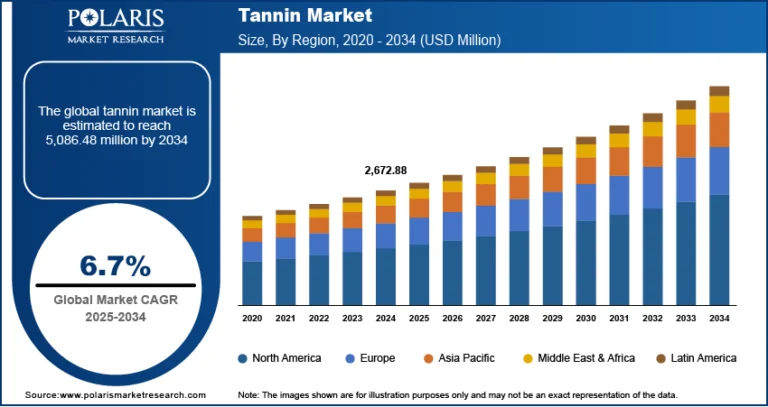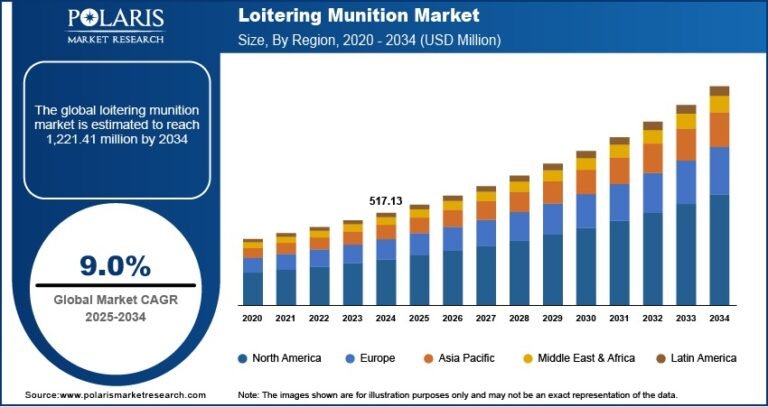Botulinum Toxin Market Projected to Hit \$29.07 Billion by 2034 | CAGR of 9.4%

The botulinum toxin market was valued at USD 11.85 billion in 2024 and is expected to grow to USD 12.94 billion in 2025. It is projected to reach USD 29.07 billion by 2034, registering a compound annual growth rate (CAGR) of 9.4% from 2025 to 2034. This growth is primarily driven by the rising demand for non-surgical aesthetic procedures, including wrinkle reduction and facial rejuvenation treatments.
Botulinum Toxin Market Key Trends & Insights:
• Rising Demand for Aesthetic Procedures – Growing interest in non-surgical cosmetic treatments is boosting the use of botulinum toxin.
• Expanding Medical Applications – Widely used for neurological, muscular, and urological disorders beyond cosmetic uses.
• Product Innovation – New formulations and extended-duration botulinum toxin products are entering the market.
• Aging Population – Demand is increasing due to the growing elderly population seeking both aesthetic and therapeutic solutions.
• Minimally Invasive Treatment Preference – Patients favor less invasive procedures with faster recovery times.
• Growing Medical Tourism – Affordable cosmetic procedures in developing countries are attracting international patients.
• Regulatory Approvals and R&D – Ongoing research and approvals are expanding the scope of treatment indications.
· Market size value in 2025 – 12.94 billion
· Revenue forecast in 2034 – USD 29.07 billion
· CAGR – 9.4% from 2025 – 2034
𝐆𝐞𝐭 𝐄𝐱𝐜𝐥𝐮𝐬𝐢𝐯𝐞 𝐒𝐚𝐦𝐩𝐥𝐞 𝐏𝐚𝐠𝐞𝐬 𝐨𝐟 𝐓𝐡𝐢𝐬 𝐑𝐞𝐩𝐨𝐫𝐭:
Botulinum Toxin Market Overview:
The botulinum toxin market is witnessing steady growth, primarily fueled by the rising popularity of non-invasive cosmetic procedures and the expanding use of the toxin in therapeutic applications. Aesthetic enhancements such as wrinkle reduction, facial contouring, and anti-aging treatments continue to drive consumer demand, especially among younger populations and aging demographics seeking minimally invasive solutions. Growing awareness of cosmetic injectables and the increasing number of licensed aesthetic clinics have further contributed to market expansion.
In the medical field, botulinum toxin is being widely adopted for the treatment of neurological and muscular disorders, including chronic migraines, cervical dystonia, muscle stiffness, and overactive bladder. Advancements in formulation, improved delivery methods, and ongoing clinical trials are expanding its range of approved therapeutic indications. Additionally, rising healthcare spending, growing acceptance of aesthetic treatments in emerging markets, and increased R&D activities are expected to support long-term growth in this market.





![Agricultural Tractors Market Analysis: Opportunities, Innovations, and Growth Potential Through [2025-2034]](https://beeswire.com/wp-content/uploads/2025/07/polaris-74-768x768.png)
